One common question that comes up when enquiring about ISO 27001 is: Is it necessary to include security penetration testing in the Information Security Management System (ISMS) program to comply with the ISO 27001 standard to meet auditor anticipations? The answer is both yes and no, as it completely depends on how your organization refers to it. Although companies are not legally bound to align with ISO 27001 standards, most organizations want to pursue ISO 27001 certification to showcase their alignment with data security practices.
This is also because, out of all the security standards, ISO 27001 remains the most popular one. Moreover, as it contains 11 clauses and 114 controls, this standard has led many organizations to improvise their data security policies and procedures.
Additionally, compliance with industry standards like SOC 2, PCI-DSS, ISO 27001, and other security standards can assure overall security by preventing vulnerabilities.
This blog will cover ISO 27001 penetration testing and other compliance regulations to understand the relationship between compliance and penetration testing.
ISO 27001 Penetration Testing
ISO 27001 penetration testing is a type of security assessment that simulates cyberattacks. The primary objective is to find weak points and potential vulnerabilities of non-compliance with ISO 27001 regulatory compliance requirements to exploit associated vulnerabilities while also gauging the resulting impact. This practice of penetration testing is applied to assets that need to adhere to ISO 27001 compliance.
Organizations also use ISO 27001 penetration testing services to evaluate the security of their networks, computer systems, websites, and other applications.
ISO 27001 Compliance and its Importance
ISO 27001 compliance supports businesses and organizations in demonstrating, sustaining, and structuring the safety best practices and procedures for their digital assets. Overall, it provides a structure to implement an enterprise-wide Information Security Management System (ISMS), which will assist the organization in maintaining availability, which helps the organization retain accessibility, integrity, the security of sensitive data, and regulatory compliance.
For businesses or organizations wanting to or running their products and services about information security, ISO 27001(International Organization for Standardization) can be a game changer. As this standard prevents data breaches and vulnerabilities and secures the organization’s data.
In 2005, ISO and IEC (International Electrotechnical Commission) released an industry standard for information security management. The publication was again renewed in 2013, and the European update of the ISO came up in 2017.
The latest version was published in 2022 and recognized by the Information Security Management System (ISMS) standard.
Talk to our Cybersecurity Expert to discuss your specific needs and how we can help your business.
Security Areas Covered by ISO 27001
ISO 27001:2022 standard has 14 domains, and the previous version had 11. These domains typically cover six security areas.
The names of the six security areas and 14 domains of ISO 27001 are mentioned below in the table:
| Security Areas | Domains | Domains |
| Company Security Policy | Information security policies | 8. Organisation of information security |
| Asset Management | 2. Human resource security | 9. Asset management |
| Physical and Environmental Security | 3. Access control | 10. Cryptography |
| Access Control | 4. Physical and environmental security | 11. Operations Security |
| Incident Management | 5. Operations Security | 12. System acquisition, development and maintenance |
| Regulatory Compliance | 6. Supplier relationships | 13. Information security incident management |
| Information security aspects of business continuity management | 14. Compliance |
Requirements of ISO 27001 Penetration Testing
In ISO 27001 compliance, penetration testing is not a mandatory requirement. As a business owner, you might think that pentesting is an unnecessary process while trying to meet the compliance requirement with ISO 27001. However, penetration testing still plays a crucial role in meeting industry standards.
Organizations should perform it as a vital component of their internal analysis and security risk management process.
Let us take a look at ISO control A.12.6.1 Management of technical vulnerabilities and A.14.2.8 System security testing, to understand what it states:
-
A.12.6.1 Management of technical vulnerabilities:
“Information about technical vulnerabilities of information systems being used shall be obtained in a timely fashion, the organization’s exposure to such vulnerabilities evaluated, and appropriate measures taken to address the associated risk.”
-
A.14.2.8 System security testing:
“Testing of security functionality shall be carried out during development.”
Point to note here: ISO 27001:2022 merged A.14.2.8 and A.14.2.9 into a renewed technological control called A.8.29 Security testing in development and acceptance.
Hence, a modified ISO 27001 penetration testing fulfills both A.12.6.1 and A.8.29, delivering a pathway to demonstrate allegiance to compliance with technological vulnerability management, as summarised in Annex A.
So, only penetration testing and vulnerability assessment can provide a detailed analysis in terms of the security of the organizations. Your business cannot count on only vulnerability scanning when evaluating your organization’s exposure to a specific vulnerability. ISO 27001 penetration testing is employed to identify technical security differences and vulnerabilities and explain the potential impact of their likelihood. This penetration testing also gives an organization an additional layer of protection that they are rightfully and legally implementing information security controls within the organization’s infrastructure. Moreover, providing them with evidence of compliance whenever needed.
Scope of ISO 27001 Penetration Test
At the beginning of the penetration testing process, the team defines the scope by determining which digital assets to test, establishing priority areas, specifying exclusions, permitting the exploitation of specific security vulnerabilities, discussing the proximity of exploitation, and addressing other relevant considerations. This highly comprehensive process encompasses nearly all aspects of a potential penetration test before its execution on the organization’s systems, applications, software, and other digital assets. Also, the scope of ISO 27001 penetration testing for security networks and websites is structured beforehand to prevent confusion.
Generally, the ISO 27001 Penetration test scope includes:
- Location information, data assets, employee information, and earlier practices and technologies.
- Listing out the internal and external issues of a cybersecurity asset.
- The organization’s objectives and requirements from the ISO 27001 penetration test.
- If applicable, security testing of web applications, mobile applications, and others.
- Any administrative panel or back office supports the user-facing SaaS.
- APIs and microservices.
Advantages of ISO 27001 Penetration Testing
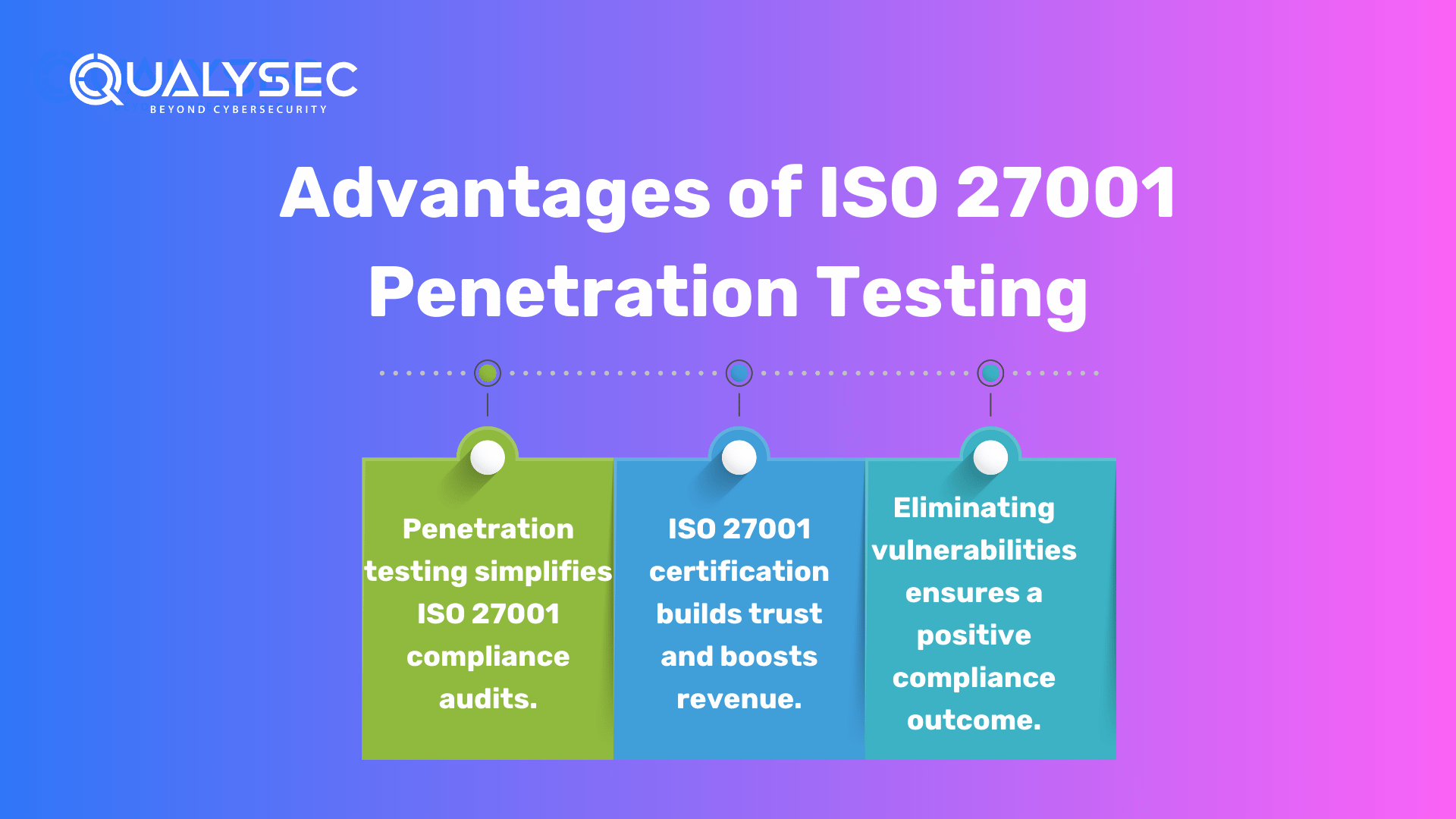
Now that we have discussed the importance and requirement of the ISO 27001 penetration testing. It’s time to comprehend what benefits ISO 27001 provides to your organization.
- By performing a penetration test and addressing the identified vulnerabilities, you successfully tackle one of the most challenging aspects of the ISO 27001 compliance audit.
- Having an ISO 27001 certification not only advances trust with users, stakeholders, and potential future clients but has also directly influenced revenue generation.
- By eliminating dangerous vulnerabilities during your preparations for the compliance audit, you create a mutually beneficial strategy, assuring a positive consequence for your organization.
Average duration of ISO 27001 Penetration Testing
The average duration of ISO 27001 penetration testing is between 5 – 10 days; however, it depends on the size and scope of the company. If you have a large organization, you might have complex scopes and areas to cover that can last for multiple weeks. The penetration testing service provider will thoroughly test your systems and applications to find vulnerabilities by employing a comprehensive strategy: automated tools and manual testing, to assist you in achieving ISO 27001 compliance.
Once the penetration testing report is released by the pen testers involved in the cybersecurity audit, the identified vulnerabilities, as per their rated severity, will be resolved within 1-2 days.
Qualysec’s Assistance with Penetration Testing Compliance
Qualysec’s penetration testing services are structured to mark the security risks required to meet compliance regulations. They can help your organization with several cybersecurity standards, such as:
- PCI-DSS (Payment Card Industry Data Security Standard)
- GDPR (General Data Protection Regulation)
- HIPAA (Health Insurance Portability and Accountability Act)
- ISO/IEC 27001 (Information Security Management)
- SOC 2 Type I & Type II (Service Organization Control)
Qualysec has a team of professional pen testers who keep optimizing new tools and techniques that allow them to identify each security threat and vulnerability and provide measures of improvement that also deliver you real-time visibility of the compliance standards you pass or fail depending on the vulnerability scans from the pentest dashboard. This practical feature makes compliance reporting much simpler for the client’s organization.
Some fundamental features of Qualysec are:
- Over 3,000 tests to detect and root out all types of vulnerabilities.
- Capable of detecting business logic errors and gaps in security.
- Ensures zero false positives through manual pen testing.
- Several compliance-specific scans for SOC2, HIPAA, ISO27001, and other relevant industry standards.
- Provides in-call remediation assistance from security experts
Latest Penetration Testing Report

Conclusion
No doubt, ISO 27001 is a beneficial, reliable resource for businesses and organizations wanting to strengthen their information security processes and protect the sensitive data of customers, clients, and other essential documents. However, this compliance is not mandatory, and it still can do wonders in improving the security system of your organization.
Although it ultimately depends on the organization, If they want to perform a penetration test or vulnerability assessment as part of their ISO 27001 security audit, it should be in terms of the organization’s personalized security risk profile and objectives targeting to achieve.
FAQ
-
Which are the best ISO 27001 auditors?
The external auditors assist businesses and organizations in achieving ISO 27001 compliance by performing data analysis, monitoring the system regularly, and reviewing the Information Security Management System. (ISMS)
The top five best ISO 27001 auditors are:
- Sprinto
- Drata
- Secureframe
- Cyberops
- QMS International
-
What is the average pricing of ISO 27001 penetration testing services?
The cost of the ISO 27001 penetration testing services depends on several factors, such as the expertise of the pen-testing service providers, the type of penetration testing the client is rooting for, and the scope and complexity of the pentest.
To get a detailed analysis of the penetration testing prices, click here.
-
How Often Should You Do ISO 27001 Penetration Testing?
Generally, industry standards recommend conducting ISO 27001 penetration testing at least twice a year to ensure compliance.
However, the test frequency also depends on the size, scope, complexity, and industry requirements the organization aims to achieve.
-
-
Is ISO 27001 penetration testing enough to gain compliance?
ISO 27001 penetration testing can undoubtedly support your organization in industry standards. However, the organization must understand that Pentest is a practice of the more extensive process of gaining ISO 27001 compliance.
-
Does ISO 27001 Require Penetration Testing?
There are no such requirements for mandatory penetration testing to achieve ISO 27001. Still, the assessment stated in the ISO 27001 controls A.12.6.1 recommends that vulnerabilities or security risks be evaluated and prioritized for mitigation.
-
Does ISO 27001 require penetration testing?
Yes, ISO 27001 does require penetration testing. Penetration testing helps discover vulnerabilities and provides necessary methods to fix them before they get exploited by malicious actors. Moreover, pentesting plays an essential role in the standard risk assessment and management processes. This systematic approach to testing assists developers in making informed decisions and continuous advancement.









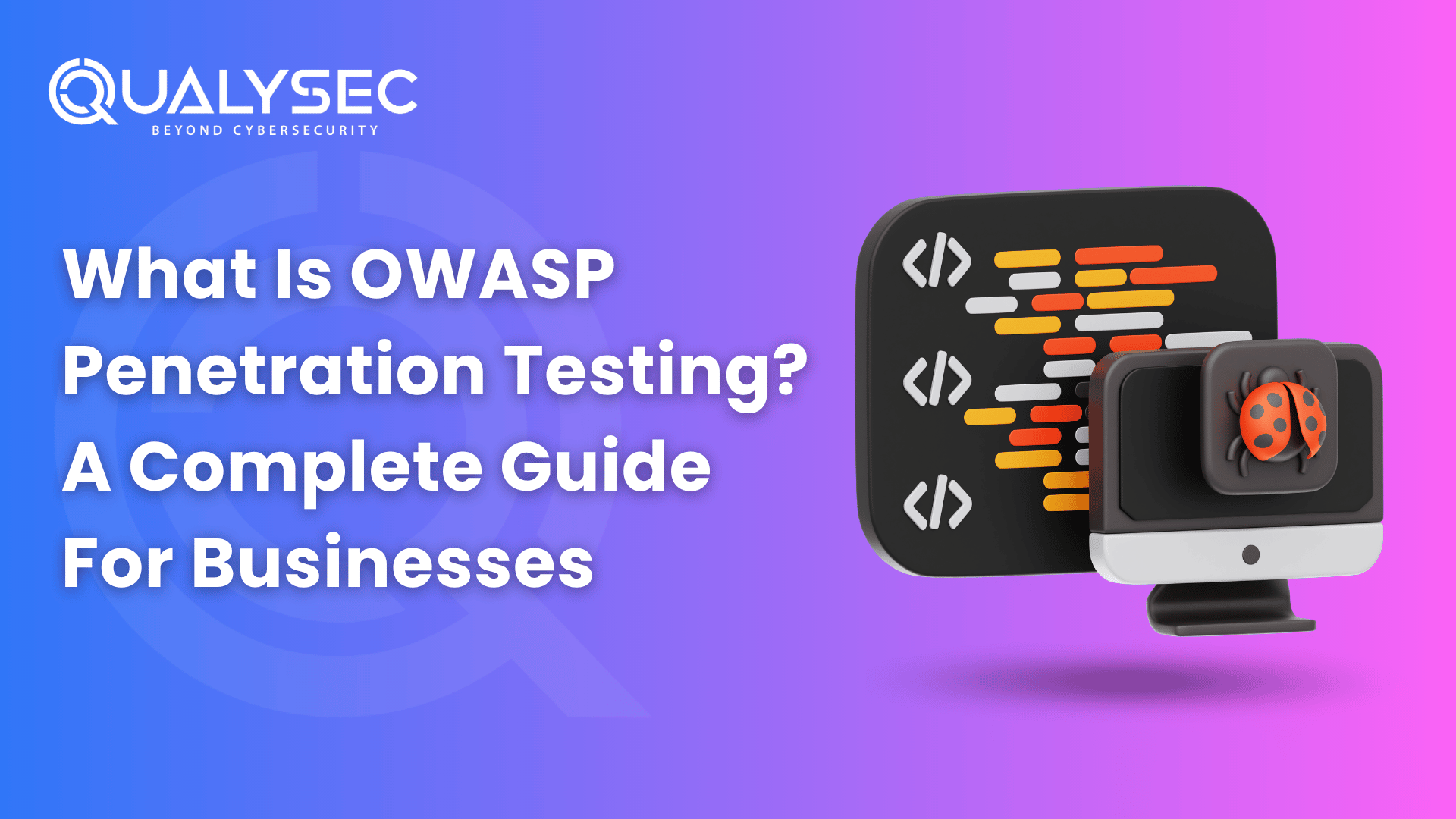


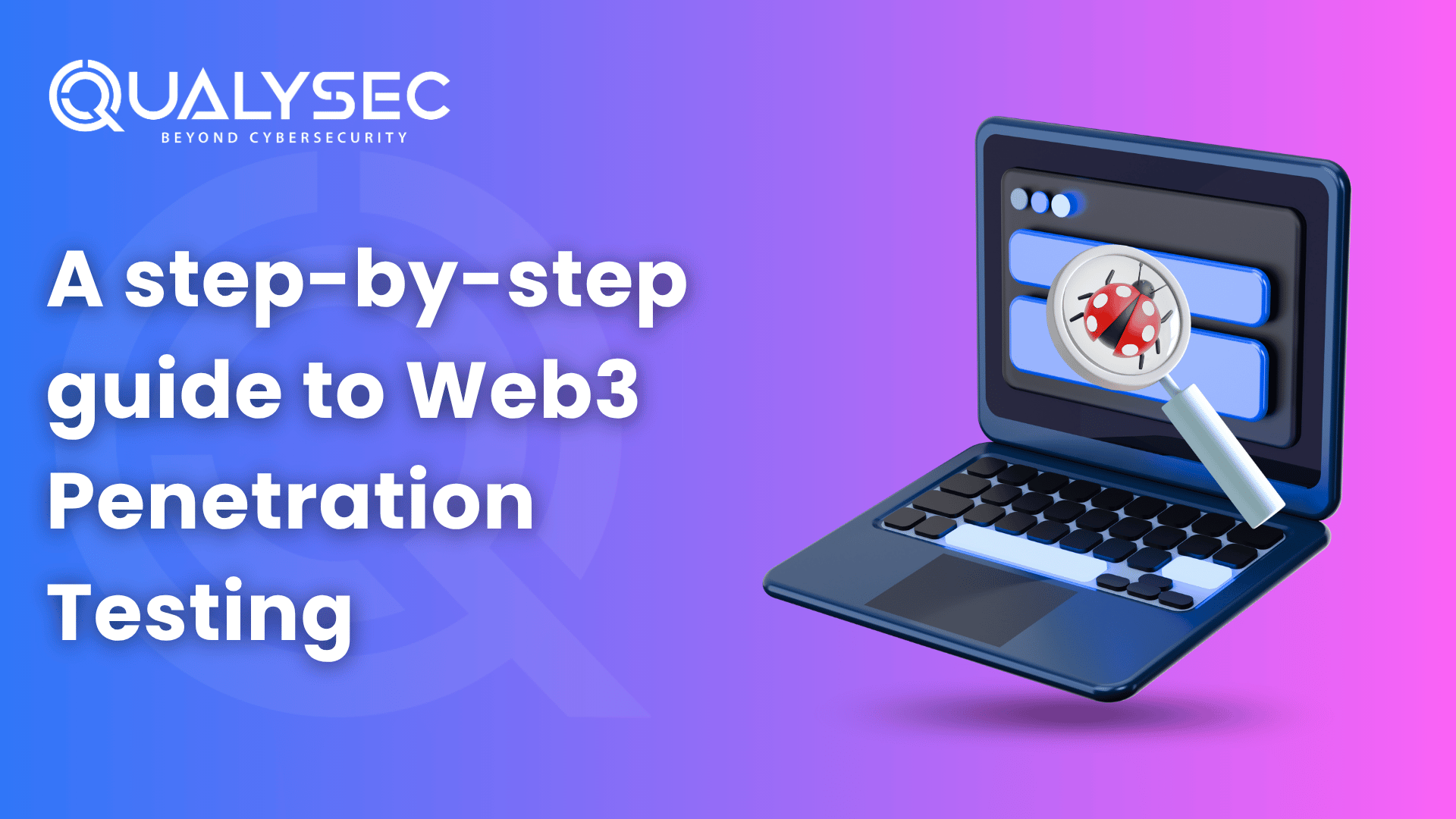
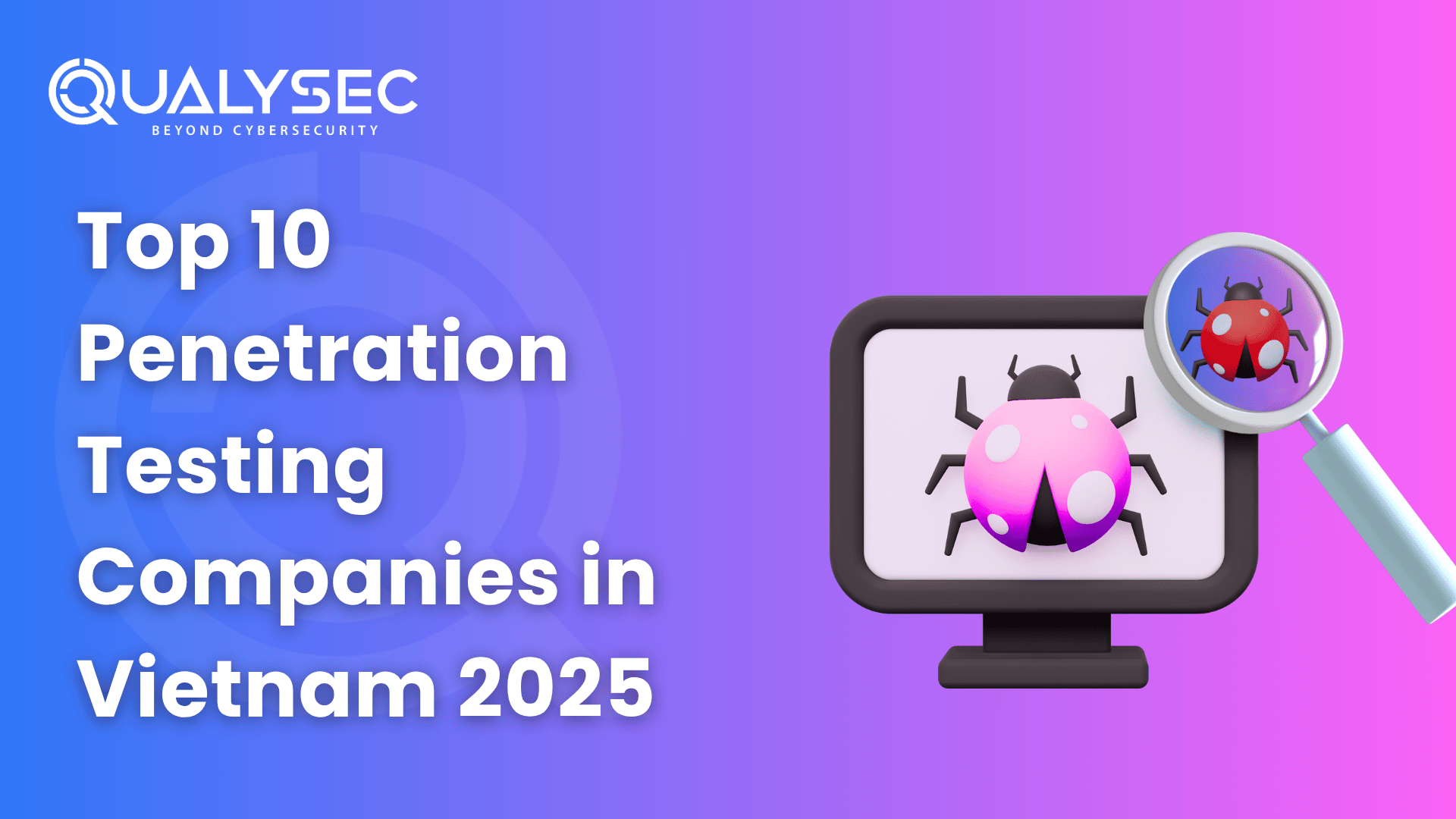
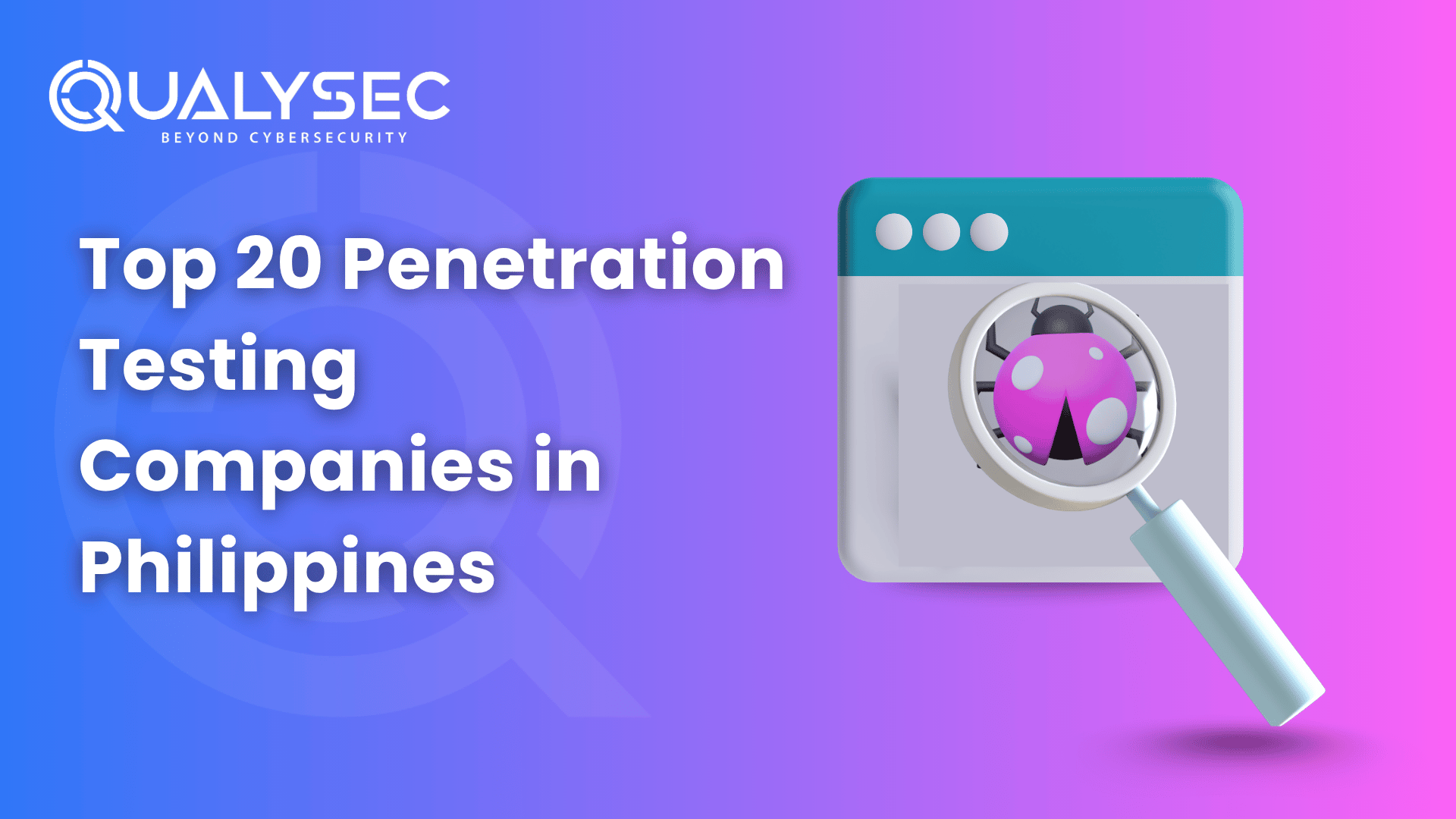
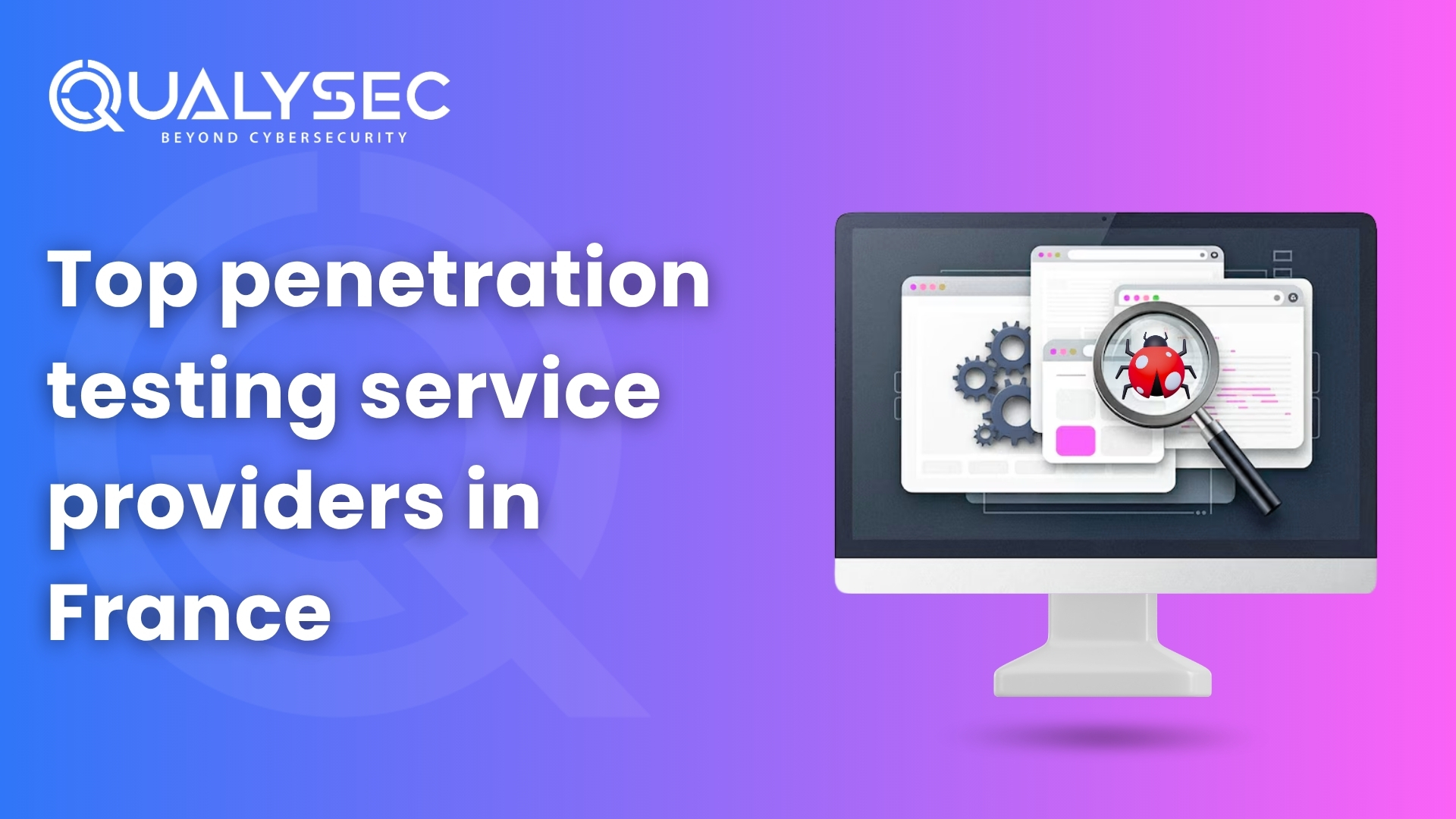






































































































































































































































































































































0 Comments